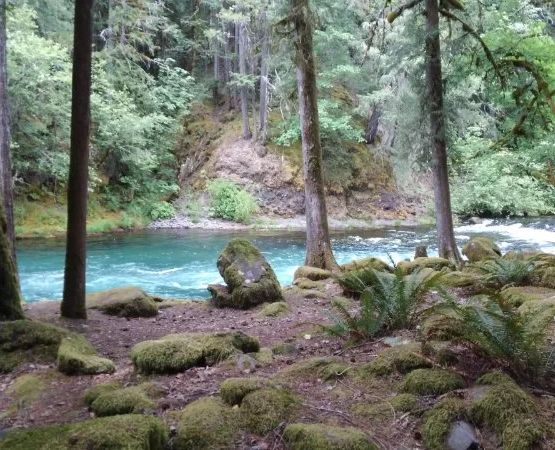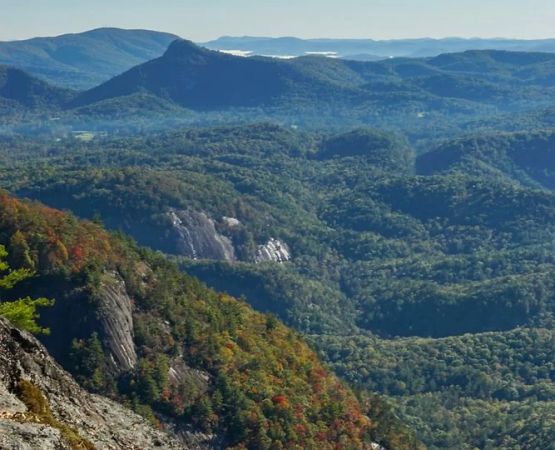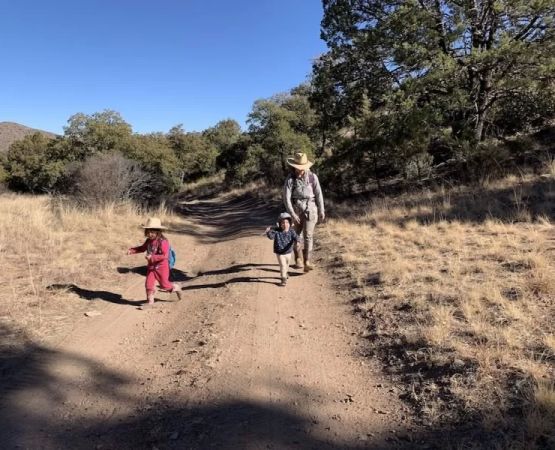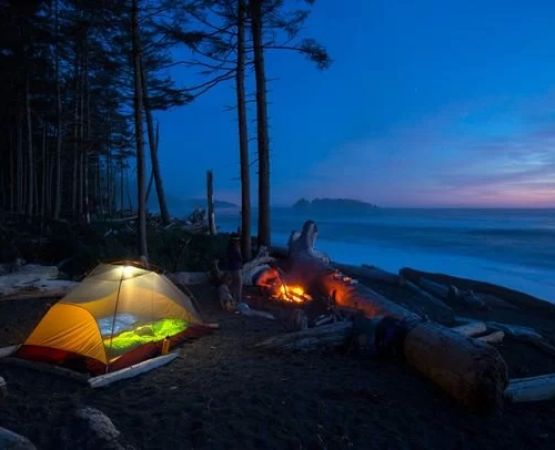- 1 - Understanding River Crossing Risks
- 2 - Essential Preparation Before Crossing
- 3 - Techniques for Safe River Crossings
- 4 - Real-Life Cases and Lessons
- 5 - Recommended Gear and Support
- 6 - Final Thoughts on Safety
1. Understanding River Crossing Risks
River crossings are one of the most underestimated dangers hikers face. Unlike steep cliffs or exposed ridges, water looks harmless at first glance. However, fast-moving streams can quickly destabilize even experienced hikers. A river just knee-deep may sweep a person off balance if the current is strong enough. Before attempting any crossing, it is crucial to pause and assess the water’s depth, speed, and surrounding terrain.
Research shows that most hiking accidents near rivers occur because hikers underestimate the hidden power of moving water. Rocks can be slippery, currents unpredictable, and water levels can rise rapidly after rainfall. Recognizing these risks is the first step toward safer hiking adventures.
2. Essential Preparation Before Crossing
Preparation begins long before reaching the riverbank. Hikers should check weather forecasts to avoid sudden rainstorms that can cause flash floods. Another overlooked aspect is footwear—lightweight hiking boots with good grip make a significant difference when balancing on submerged rocks.
It’s also wise to unbuckle your backpack’s waist and chest straps before entering the water. This ensures you can quickly release the pack if you slip, preventing it from dragging you under. Always inform someone about your hiking route; this small step has saved countless lives when emergencies occurred in remote areas.
3. Techniques for Safe River Crossings
Crossing safely requires both skill and patience. One effective method is the diagonal crossing: instead of fighting the current head-on, move at an angle downstream to reduce water pressure against your body. When traveling in groups, hikers can use the mutual support method, standing side by side and holding onto each other for stability.
Poles or sturdy sticks are invaluable, providing three points of balance. Plant the pole firmly upstream, then carefully step forward while maintaining steady contact with the riverbed. Move slowly and deliberately; rushing increases the chance of slipping. In winter or alpine regions, test for hidden ice or deep holes that may be obscured by snowmelt water.
4. Real-Life Cases and Lessons
Several well-documented cases highlight the importance of river crossing safety. In 2019, a group of hikers in New Zealand’s Fiordland National Park underestimated the current and were swept downstream, resulting in injuries and a prolonged rescue. Their story illustrates why hikers should never cross rivers above their comfort level.
On the other hand, seasoned hikers often share stories of waiting hours for water levels to drop after rain. That patience, though frustrating at the time, is often what prevents accidents. These real-life lessons show that knowing when not to cross is as important as mastering the techniques of crossing itself.
5. Recommended Gear and Support
The right gear transforms a risky crossing into a manageable challenge. Trekking poles, waterproof bags, and quick-drying clothing are essentials. For multi-day treks, a lightweight rope can serve as a safety line for group crossings. Some hikers also invest in river shoes specifically designed for traction on wet surfaces.
If you’re unsure about selecting the best gear, visiting specialized outdoor shops can help. At Pine Cliff Resort, we provide not only equipment recommendations but also tailored advice for different hiking environments. Whether you’re preparing for a local trail or a challenging expedition, having the right tools increases both safety and confidence.
6. Final Thoughts on Safety
Safe river crossings are a combination of knowledge, preparation, and decision-making. Hikers who respect the unpredictability of rivers dramatically reduce their risk of accidents. Always remember: no destination is worth risking your life over a dangerous crossing. With the right mindset and equipment, every hiker can approach rivers not with fear, but with informed caution and confidence.






